Harold Davis's Blog, page 148
October 6, 2015
Harold Davis Sound Bite via Zeiss
October 5, 2015
Quartet of iPhone Photos
The occasion of my purchase of a new iPhone 6s (for the camera of course and not for the mere love of idle but novel gadgetry made in the slave-labor factories of China!) spurred me to process some of the old captures in my Photo roll, and also to try out the new 12 MP camera. Herewith, a mixed bag of same for your viewing pleasure.

Feathers © Harold Davis
The feathers shown above were brought in by a student at my Creative Flower Photography workshop at Maine Media over the summer, and photographed with my iPhone on an in-class light box.
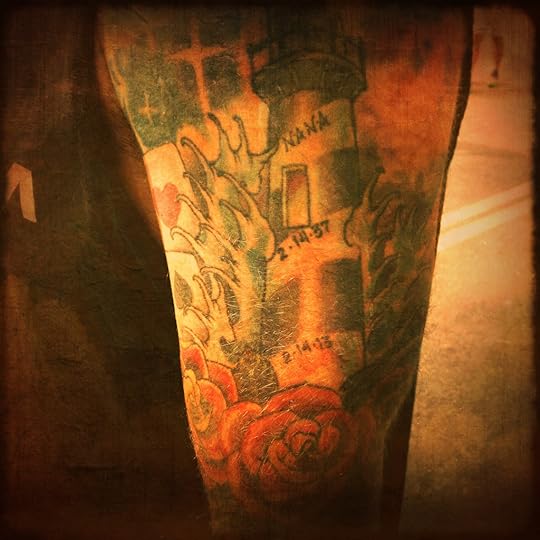
Arm and the Man © Harold Davis
This gentleman’s tattooed arm, emblazoned with the logo “Nana” and apparently Nana’s dates of birth and death on a lighthouse, was photographed (with permission) during the recent 41rst annual Solano stroll.

By the Sea © Harold Davis
I captured the late afternoon sun by the rocks at the southern end of Rodeo Beach as my son Nicky (shown in the second row in the linked photo) and I strolled along.

Two-Week Iris © Harold Davis
The two-week iris (Dietes iridioides), shown above, was captured with the new 12 MP iPhone 6s camera. While it is still a small sensor—so the constantly referred to 12 Mega Pixels are small pixels in all their mega glory—this is really incredible resolution and is (for example) considerably better than the resolution of the DSLR that began my second photography career back in May 2005.
Related link: From iPhone to Art, a Full-Day Workshop with Harold Davis.

October 2, 2015
Autumn Arbor at the Bussaco Palace
As October begins and the year inches toward autumn, I thought it was appropriate to share this image, photographed early on a foggy morning on the grounds of the Bussaco Palace Hotel early in November last year in central Portugal. Never have I stayed in a hotel that was so much resting on its laurels in a 5-star atmosphere of genteel—and not so genteel—decay.
Staying at the hotel allowed me to photograph the palace and surrounding park at twilight and in the first light of dawn. Really, if you have a taste for this kind of thing, the whole experience of staying within the grounds of the Bussaco Palace was great fun in a kind of funky former glory, upstairs downstairs vibe.
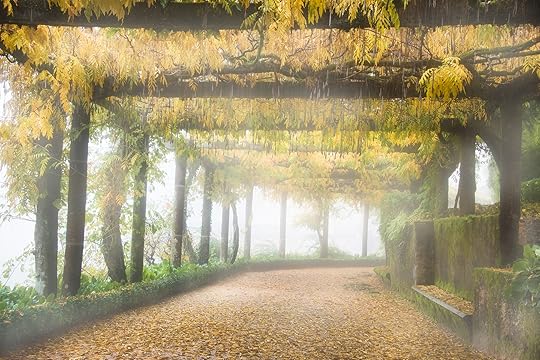
Autumn Arbor © Harold Davis
The hotel restaurant was the only place to eat within many dark miles, and I endured (or enjoyed) the infinitely expensive, infinitely slow meal with close to inedible food. I was served by an astounding array of costumed wait-person staff, each with a separate function apparently not coordinated with any of their colleagues. In other words, the ratio of gilt epaulets to farm fresh edibles was way skewed toward the gaudy.
The hotel was almost devoid of other guests, and my room was at the end of a long, drafty hall. Half the time I expected Count Dracula or werewolves to come out of the foggy night to complement the ruined elegance. I slept with the door to my room locked and barricaded as well as I could, and eked out a lukewarm bath in a huge clawfoot tub.
In other words, this was a thoroughly enjoyable experience, and I would return in a heartbeat. The stone angel shown below in the morning fog is part of the front facade of the Bussaco Palace.

Stone Angel © Harold Davis
Related story: Travels with Samantha.

Autumn Arbor
As October begins and the year inches toward autumn, I thought it was appropriate to share this image, photographed early on a foggy morning on the grounds of the Bussaco Palace Hotel early in November last year in central Portugal. Never have I stayed in a hotel that was so much resting on its laurels in a 5-star atmosphere of genteel—and not so genteel—decay.
Staying at the hotel allowed me to photograph the palace and surrounding park at twilight and in the first light of dawn. Really, if you have a taste for this kind of thing, the whole experience of staying within the grounds of the Bussaco Palace was great fun in a kind of funky former glory, upstairs downstairs vibe.

Autumn Arbor © Harold Davis
The hotel restaurant was the only place to eat within many dark miles, and I endured (or enjoyed) the infinitely expensive, infinitely slow meal with close to inedible service brought forth by an astounding array of costumed wait-person staff. In other words, the ratio of gilt epaulets to farm fresh edibles was skewed toward the gaudy.
The hotel was almost devoid of other guests, and my room was at the end of a long, drafty hall. Half the time I expected Count Dracula or werewolves to come out of the foggy night to complement the ruined elegance. I slept with the door to my room locked and barricaded as well as I could, and eked out a lukewarm bath in a huge clawfoot tub.
In other words, this was a thoroughly enjoyable experience, and I would return in a heartbeat. The stone angel shown below in the morning fog is part of the front facade of the Bussaco Palace.

Stone Angel © Harold Davis

September 30, 2015
Skully
This is a photo of Homer Simpson’s skull. Actually, it is of a talking Halloween object—the eye-ball lights flash, the jaw moves, and it repeats back whatever is said to it—that I brought back from Target to the great joy of the kids (and Phyllis’s resigned patience). I made the image with my new Apple iPhone 6s, and processed it on my phone using the Lo-Mob and Snapseed apps. Looking forward to seeing how the 12MP camera in the new iPhone compares with the lesser resolution in my old phone (which got passed down to Julian).

Skully © Harold Davis
Related links: iPhoneography Gallery by Harold Davis; From iPhone to Art, the Art of iPhoneography with Harold Davis (workshop in May, 2016).

September 29, 2015
Ringing Cedars Covers
Of all the assignments in my photography career, one of the ones I am proudest of is the cover imagery for the second edition of the Ringing Cedar Series in English. Check out the Ringing Cedar Series, and learn more about my involvement by clicking here.
Related story: Ringing Cedars Covers (from 2008).

September 28, 2015
Persistence of Personal Vision
I’ve been struck on a number of occasions how the same elements in a scene interest me photographically, even after a gap of many years. Returning to a mountainside in the Sierra Nevada, a canyon in Zion, or the streets of Paris, without conscious intention I focus on the same cliff, tree, or urban detail as when I last visited. Maybe the underlying idea is slightly different, and one can certainly hope the execution has improved over the intervening time. But it is odd to see one’s default perceptual mode as a kind of iterative repetition. And now I see the same thing happens with still life composition.

Sunflowers and Friends 2 © Harold Davis
A case in point is Sunflowers and Friends 2, shown above. I assembled this light box still life over the weekend, using elements I had to hand—mostly sunflowers and irises. I gave little thought to past or future, and mostly in a kind of trance-like state. This creative way of being is sometimes called “being in the zone.”
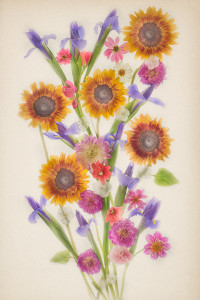
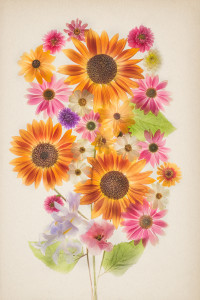
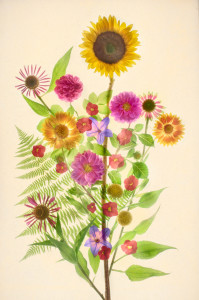
Imagine my surprise when memory and sense of my surroundings returned to me, and I discovered some similarity in subject and composition to Sunflowers and Friends, made in August of this year and shown below, and even the much earlier Flowers from My Garden, made in 2012 and shown far below. I think the three images (shown together above) would make a nice grouping of prints!
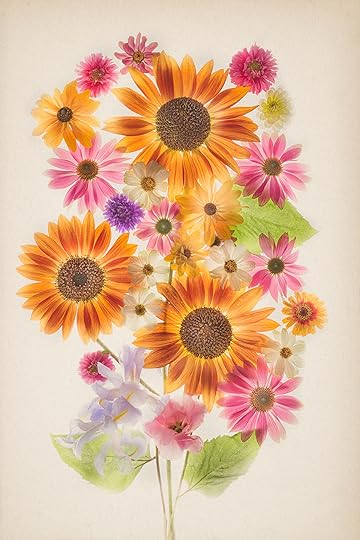
Sunflowers and Friends © Harold Davis
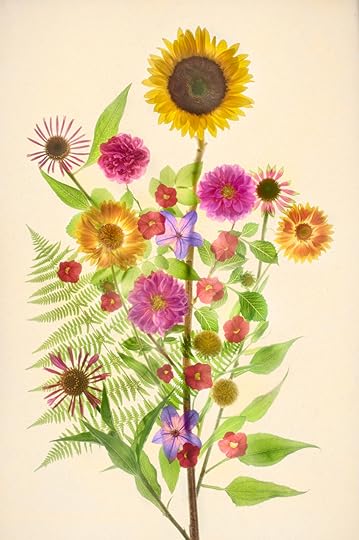
Flowers from My Garden © Harold Davis

September 26, 2015
Passion for Flowers
A passion for flower photography is of course one of my ruling passions. What better way to show it than by photographing this Passiflora (“passion flower”) from a vine outside our living room window. The image is a single exposure shot on a light box, processed through Adobe Camera Raw multiple times for enhanced dynamic range. The upper version is an LAB inversion of the original photo, which is shown at the bottom with its white background.

Passiflora Inversion © Harold Davis
The biggest challenge with this image was getting it to stay upright on the light box, which I did with the help of some clear Museum Gel.

Passiflora © Harold Davis
Exposure data: D810, Zeiss 50mm f/2 macro, 4/5 of a second at f/22 and ISO 64, tripod mounted.
Related FAQs: Photographing Flowers for Transparency; Selective LAB Sharpening.

September 23, 2015
Prague Architectural Studies: Keeping Things Simple with 25 Squares
The assignment: Photograph a sequence or cohesive group of imagery using only one lens, aperture priority metering, and a single aperture and ISO. Process the resulting images using a uniformly-proportioned crop, and a single processing recipe.
The results: Twenty-five square-cropped monochromatic images in a series of architectural studies of Prague in the Czech Republic. The series includes the image below, photographed from one of the towers on the Charles Bridge. Click here to see all twenty-five images grouped in my Prague Architectural Studies gallery.
The point of the assignment: The assignment is a warm-up exercise for many of the exercises in Achieving Your Potential As a Photographer: A Photographer’s Creative Companion and Workbook. The point is to practice keeping thing simple in a complicated world. I see the exercise as analogous to a concert pianist playing scales: the fingers are working, the eye is engaged, and it is an easy transition into the zone.
Stay tuned: Stay tuned for a downloadable PDF “Bonus Exercise” in the style of the workbook that accompanies Achieving Your Potential As a Photographer: A Photographer’s Creative Companion and Workbook. The PDF will have all the assignment details, and some advice about how best to approach this assignment, so you can try it for yourself.
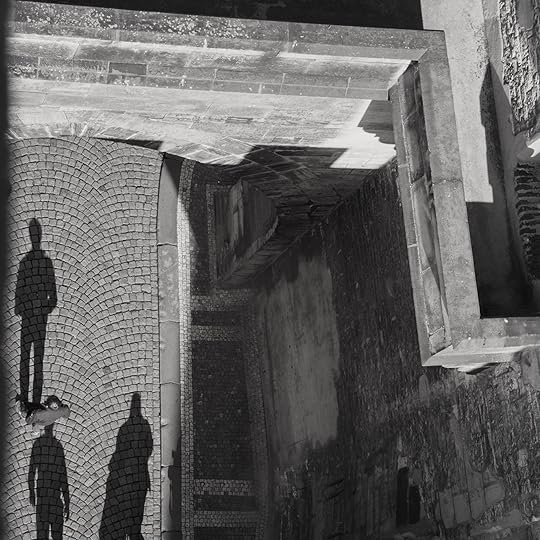
Prague Architectural Study 23 © Harold Davis

September 20, 2015
Paris in the Spring
There’s nothing like photographing Paris in the spring! Let’s spend a week together this May making photos in Paris, and having a great time.
Photography begins with the medium of light, which the artist captures and applies to the canvas in endlessly surprising ways. And what better place to explore this medium than Paris, the City of Light?
Join acclaimed photographer Harold Davis for the experience of a lifetime in Paris, the birthplace of photography. There you’ll have the opportunity to experience firsthand the places and sights that have inspired artists for centuries.
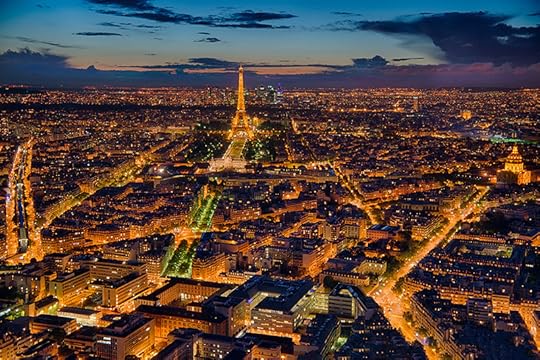
Paris Sunset © Harold Davis
We’ll focus our lenses on Paris in bloom, Paris at night, and Paris in black & white, reinterpreting for ourselves some of the images that have been captured in paint and on film by many great artists, including Daguerre, Monet, Atget, Picasso, and Erwitt. We’ll have a grand time photographing and we’ll return home with many priceless shots to treasure!
Photo tour includes an excursion to Monet’s famous gardens at Giverny, with exclusive after-hours artist access.
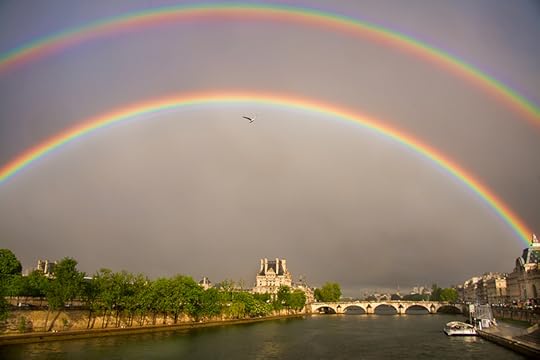
Double Rainbow over Paris © Harold Davis
Harold’s photographs of Paris have appeared in books, exhibitions, and been published worldwide on travel sites.
Here’s what some participants in past Photograph Paris with Harold Davis Workshops had to say:

Eiffel Tower from Sacré Coeur © Harold Davis
“Had an awesome time with Harold and the workshop participants. Itching to go back. If you’re a photographer, Paris at night is a ‘Must Do!’. Put it on your bucket list ‘cause you may not see this in Heaven.”
“Photographing Paris at night in the company of a group of fellow photographers had instant appeal. Inspired by the scenes of Brassai, I imagined myself at the top of the steps at Montmartre, taking wonderful black-and-white images. I already admired Harold Davis, and had confidence that he would lead us to fantastic places – and he did! What came as a delightful surprise was the level of talent and variety of approaches that my fellow travelers employed to capture the marvelous churches, gardens, and people of Paris, Giverny, and Fontainebleau. I learned from every one of them. And what an agreeable group of travel companions they were! A once-in-a-lifetime experience that I plan to repeat next spring!”
“Harold has great skill, without the ego of most master photographers. Travel arrangements were perfect.”
“One thing I really liked about the photo tour that Harold set up is that we had plenty of time to photograph in the best locations, and really prioritized when the light would be good.”
Where: The group will be based out of a centrally located, elegant and comfortable 4-star centrally located Parisian hotel, such as the Hôtel d’Aubusson (or similar). The Hôtel d’Aubusson is on the left bank of the Seine, in the heart of the 5th Arondissment, and is located near many of the prime photographic locations.
When: Sunday May 1, 2016 (leave US April 30) to Saturday May 7, 2016 (six nights and seven days).
Group Size: This exclusive, small photo workshop tour is limited to ten photographers (non-photographer significant others are also welcome).
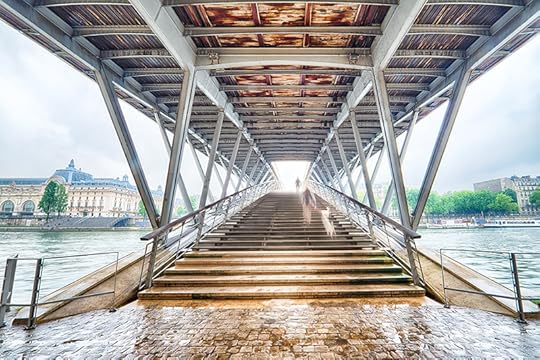
Pont Solferino © Harold Davis
Click here for Day-by-day itinerary and registration details!







